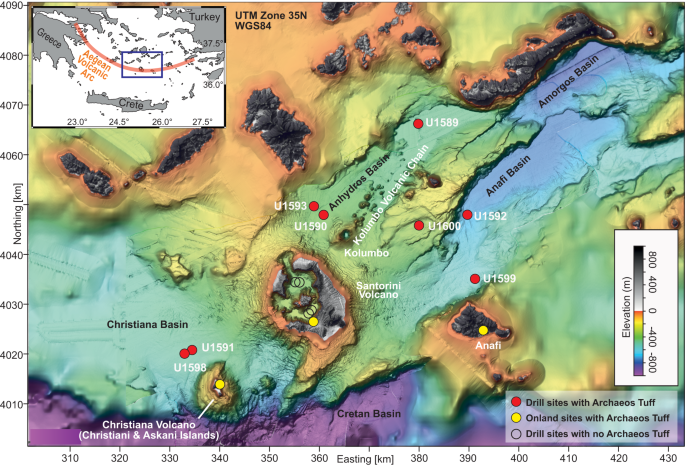2024-01-16 米国国立標準技術研究所(NIST)
◆NISTの新技術は、経済活動に基づく伝統的なメタン追跡手法とは異なり、直接大気中のガス変動を測定し、排出源を特定します。この高精度技術は、将来の気候変動に対処するためにメタン排出を管理するための重要な一歩となります。
<関連情報>
- https://www.nist.gov/news-events/news/2024/01/nist-upgrades-tech-monitoring-methane-emissions
- https://agupubs.onlinelibrary.wiley.com/doi/10.1029/2023GL105973
コロラド州北部における複数月間の微量ガス測定を用いた農業およびエネルギー部門からのメタン排出の配分とインベントリーの最適化 Apportionment and Inventory Optimization of Agriculture and Energy Sector Methane Emissions Using Multi-Month Trace Gas Measurements in Northern Colorado
Griffin J. Mead, Daniel I. Herman, Fabrizio R. Giorgetta, Nathan A. Malarich, Esther Baumann, Brian R. Washburn, Nathan R. Newbury, Ian Coddington, Kevin C. Cossel
Geophysical Research Letters Published: 09 January 2024
DOI:https://doi.org/10.1029/2023GL105973

Abstract
Quantifying sector-resolved methane fluxes in complex emissions environments is challenging yet necessary to improve emissions inventories and guide policy. Here, we separate energy and agriculture sector emissions using a dynamic linear model analysis of methane, ethane, and ammonia data measured at a Northern Colorado site from November 2021 to January 2022. By combining these sector-apportioned observations with spatially resolved inventories and Bayesian inverse methods, energy and agriculture methane fluxes are optimized across the study’s ∼850 km2 sensitivity area. Energy sector fluxes are synthesized with previous literature to evaluate trends in energy sector methane emissions. Optimized agriculture fluxes in the study area were 3.5× larger than inventory estimates; we demonstrate this discrepancy is consistent with differences in the modeled versus real-world spatial distribution of agricultural sources. These results highlight how sector-apportioned methane observations can yield multi-sector inventory optimizations in complex environments.
Key Points
- A dynamic linear model apportions energy and agriculture methane emissions from multi-month trace gas measurements in Northern Colorado
- An estimated 0.4 ± 0.2 kg CH4 are emitted per barrel of oil equivalent produced, yielding a Wattenberg Field emission rate of 15 Mg CH4/hr
- Optimized agriculture methane emissions are higher than inventory predictions, in part due to mislocated fluxes in the inventory
Plain Language Summary
Improving our knowledge of the locations, magnitudes, and types of methane sources is important for implementing effective emissions mitigation technologies and regulations. Methane emissions are often challenging to quantify because a wide variety of sources can emit methane, and these disparate sources are often intermingled. We demonstrate how a dynamic linear model can use multi-month time series of two tracer gases, ethane and ammonia, to effectively separate methane emissions from the energy and agriculture sectors. Incorporating these data into a Bayesian inverse analysis refines the magnitude and distribution of methane fluxes from each sector. Our analysis reveals that methane from agriculture is several times higher than inventory estimates. While this is in part due to the spatial distribution of sources, more monitoring is needed to improve agriculture emissions factors. Energy sector emissions factors optimized in this work are consistent with other regional studies of energy sector methane emissions. A synthesis of these works demonstrates a regional decline in energy sector emissions despite a concomitant increase in oil and gas extraction; however, current emissions are similar to 2008 estimates.



